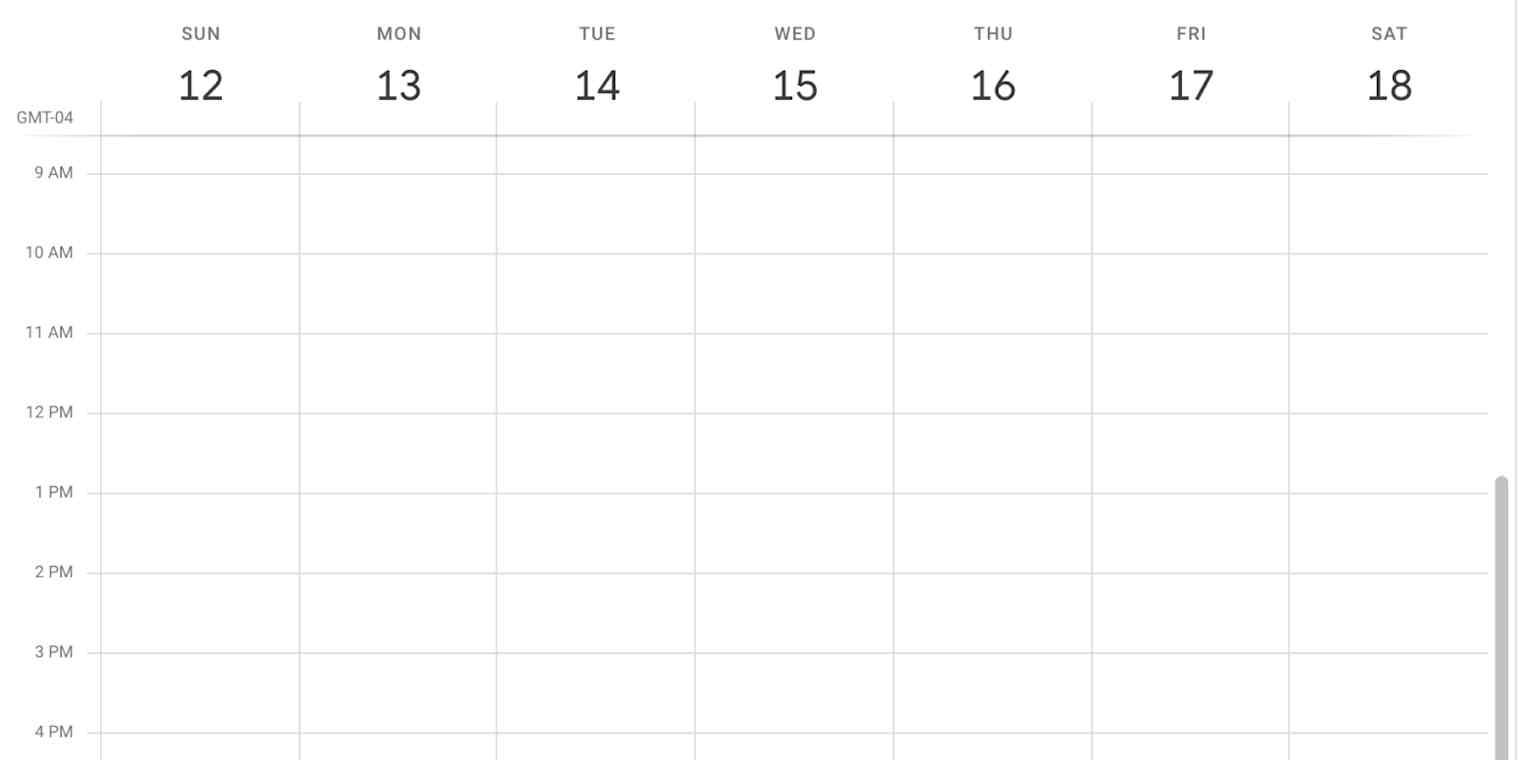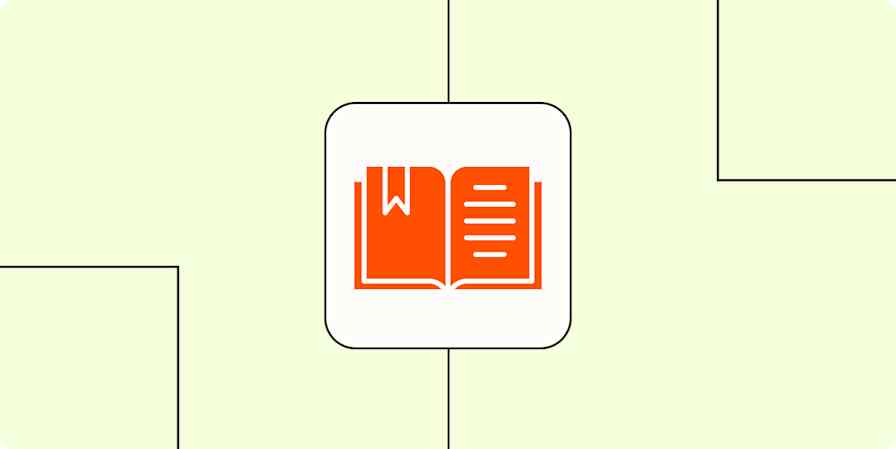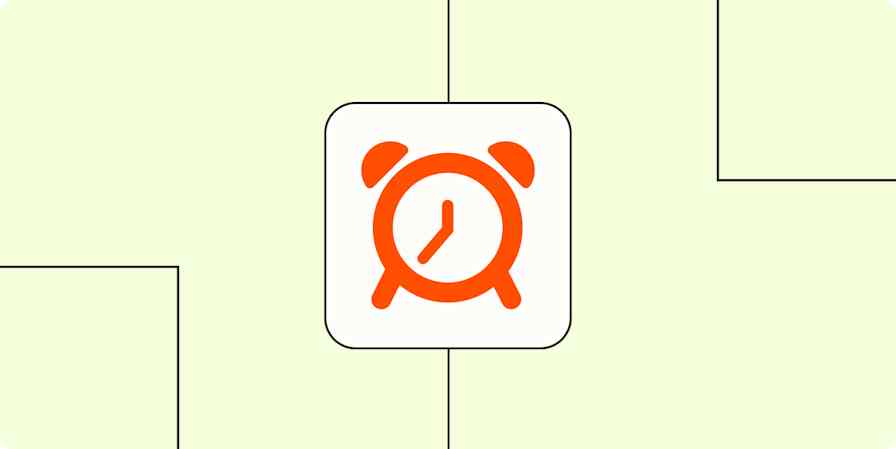I do my best work when I'm interrupted every 30 minutes for a meeting—said no one ever. In reality, setting aside larger chunks of time is critical to getting my long-form writing done. But as a content strategist on a whole slew of projects, I regularly get pulled into project kickoffs, syncs, and retrospectives. Add that to my recurring team meetings and 1:1s, and it's hard to find anything resembling large chunks of time.
Apparently, I wasn't the only person at Zapier struggling with the quantity of meetings I had. Because recently, the entire company did an experiment: an entire week with no meetings. We called it Get Stuff Done (GSD) week. The idea was that by moving from live calls to asynchronous communication, people could spend more time on deep work and, yes, get stuff done.
The logistics for a week of no meetings
During GSD week, Zapier leadership encouraged everyone to cancel their internal meetings—and move the conversations async instead. They communicated expectations and tips across Slack, so everyone knew what to expect.

The short of it: for one full week, the whole company canceled weekly team check-ins, 1:1s, project kickoffs, and any other meetings that might have been on the docket. Instead, the information was gathered, consolidated, and shared asynchronously.
For example:
Instead of my weekly 1:1, I consolidated questions for my manager and sent them to her in a direct message on Slack.
Instead of a project check-in, all team members shared their updates in the relevant Asana tasks.
Instead of a one-off strategy call, stakeholders shared their thoughts (and comments) in a Coda doc.
Instead of a project kickoff call, our project manager sent a Slack message that shared the project charter, timeline, and next steps.

The other important bit: before GSD week, everyone set personal goals for themselves. Some teams even shared their goals publicly to help them feel more accountable.
Was it a success?
In any given week, I normally spend between six and 10 hours in meetings. Don't get me wrong—lots of those meetings are productive, and even necessary, but having that time back was huge for me. I managed to get a ton of extra writing done and troubleshoot some app-related stuff I'd been putting off.
From what I could tell, it was even more impactful for the managers at Zapier, who sometimes spend half their weeks (or more) in meetings. Here's what my manager, Kaitlin, said about it:
"I manage a high-capacity team of six people, so Zoom calls tend to rule my calendar. The most surprising part of not having these weekly check-ins was that I actually didn’t feel disconnected from my team at all—we were all still working and communicating, just differently.
Instead of cramming tasks into my short stints between calls like usual, I was able to focus on my responsibilities that require deeper thinking, like long-term strategy, team planning, and cross-functional processes.
A week without meetings gave us space for more curiosity and experimentation, encouraging us to look at the problems we are trying to solve from a different angle. For us, a meeting-less week was far from a meaningless week."
These anecdotal success stories are great, but our People Ops team wanted to get a sense of how the company as a whole felt about our GSD experiment. They sent out a company-wide survey, which corroborated the stories we'd heard.
80% of respondents would want to do another GSD week in the future.
80% of respondents achieved their goal(s) for the week.
89% of respondents found communication to be about as effective during GSD week as during a typical week.

The survey also showed that 56% of participants canceled 1-5 hours of meetings, and 26% canceled 5-10 hours. That translates to 1,000-3,000 hours (!) of meeting time saved across the company—in just one week. Given how costly meetings can be, that's a massive savings.
Tips for a successful GSD week
"Get stuff done" is a pretty broad directive. Here are some tips I'd suggest for anyone who's thinking about trying a GSD week at their company:
Set goals. Having specific goals for what you'll achieve during GSD week makes it much more likely that you'll use those extra hours productively.
Go async. No-meeting week doesn't mean no-communication week. Before you start, figure out which asynchronous channels you'll use to do which type of work.
Future-proof your work. I used some of my extra hours to set up systems that would help me during non-GSD weeks. For example, I updated my Zap (our word for automated workflows) that sends an item from Slack to my to-do list in Notion. By building systems like that, I gave myself a few hours back during weeks with meetings, too.
Figure out which meetings matter. One of the goals of GSD week is to determine which meetings are truly beneficial. We cut the meetings that we didn't miss and made sure we found extreme value in the calls we did keep on our calendars.
And here are a few tips from other Zapier teammates:
Make the most of the must-have meetings
Meetings aren't all bad—some are not only beneficial but essential. And as a fully remote company, it's important that we get some face time with our colleagues. But for the meetings that do stay on your calendar, make sure you're making the most of them.
Here at Zapier, we'll likely never go meeting-free, but we'll continue to experiment. The future of work is asynchronous, and we're here for it.
Zapier is the most connected AI orchestration platform—integrating with thousands of apps from partners like Google, Salesforce, and Microsoft. Use interfaces, data tables, and logic to build secure, automated, AI-powered systems for your business-critical workflows across your organization's technology stack. Learn more.









